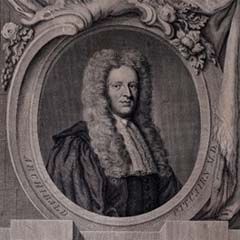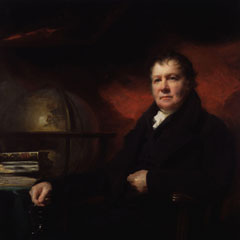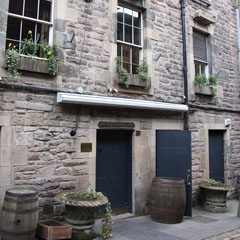 Greyfriars Kirkyard, 1 Greyfriars, Edinburgh EH1 2QQ
Greyfriars Kirkyard, 1 Greyfriars, Edinburgh EH1 2QQ
William Smellie was a printer, naturalist and friend of the poet Robert Burns at the height of the Scottish Enlightenment. In 1768 Smellie was hired to edit the first edition of the Encyclopaedia Britannica (1768–71). It was envisaged as a more conservative answer to Denis Diderot’s Encyclopédie (1751–72), which embodied many of the more radical ideas of the French Enlightenment. He not only edited it but wrote large parts of it himself, while also borrowing liberally without acknowledgement from other great writers including Benjamin Franklin and Samuel Johnson. He was a keen natural historian, writing several well-known books on the subject. In 1779 stood for the chair of natural history at the University of Edinburgh, but was pipped to the post by John Walker.
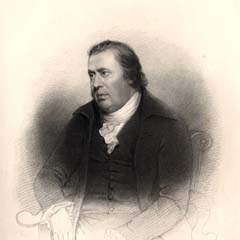
William Smellie (1740–95), engraved by Henry Bryan Hall after George Watson (1840).
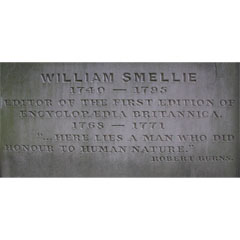
Inscription on WIlliam Smellie’s grave.
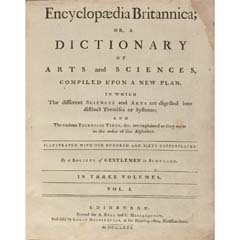
Title page for first edition (1771) of Encyclopaedia Britannica, or, A Dictionary of Arts and Sciences.
Find out more

 Melville Dr, Edinburgh EH9 9EX
Melville Dr, Edinburgh EH9 9EX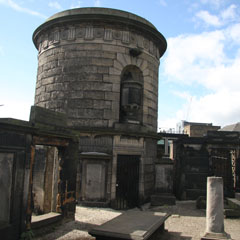 Old Calton Burial Ground, 27 Waterloo Pl, Edinburgh EH1 3BQ
Old Calton Burial Ground, 27 Waterloo Pl, Edinburgh EH1 3BQ
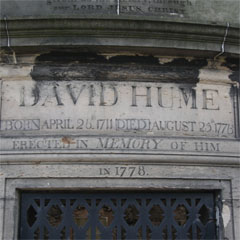
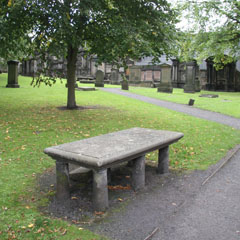 Greyfriars Kirkyard, 1 Greyfriars, Edinburgh EH1 2QQ
Greyfriars Kirkyard, 1 Greyfriars, Edinburgh EH1 2QQ